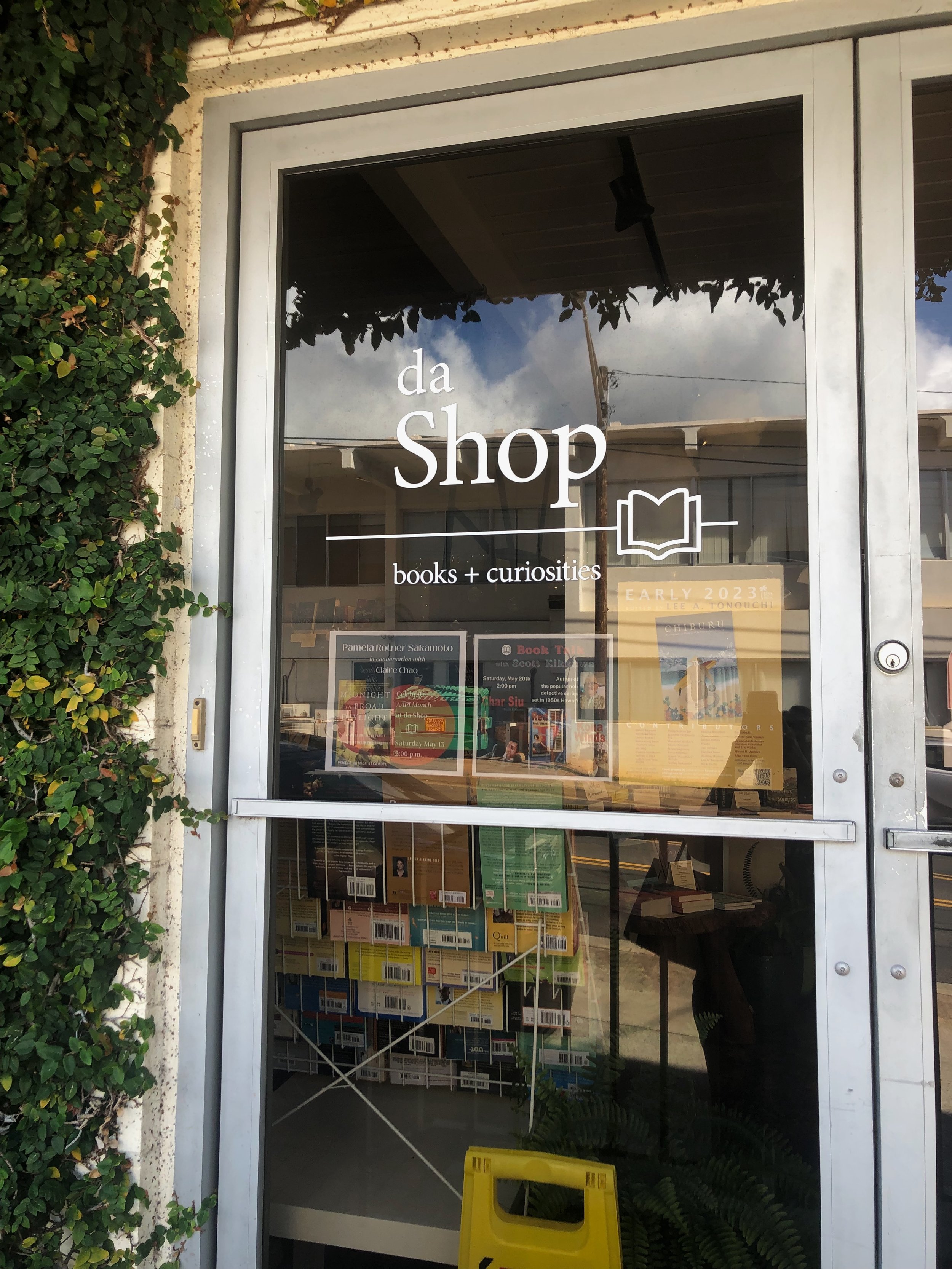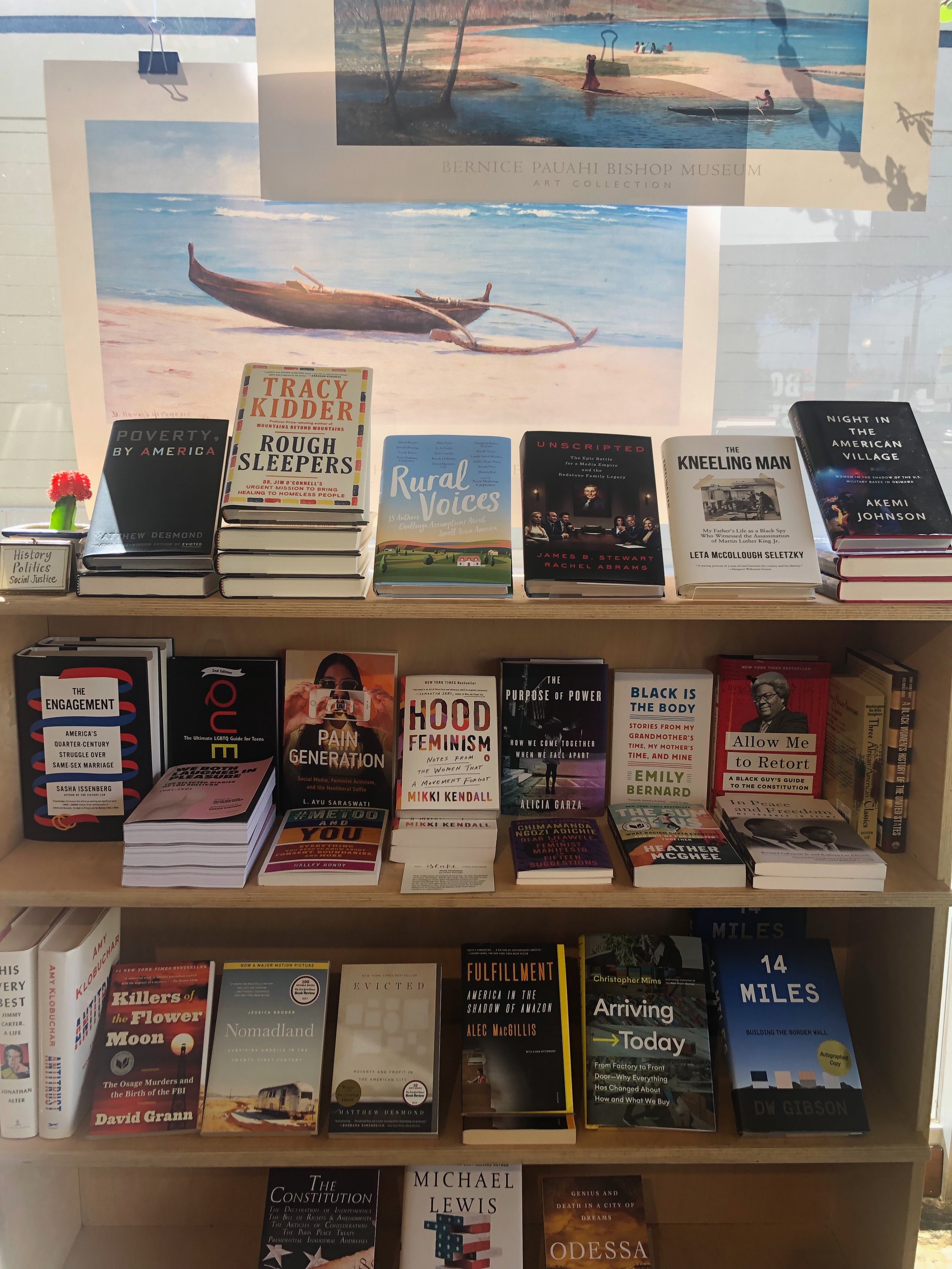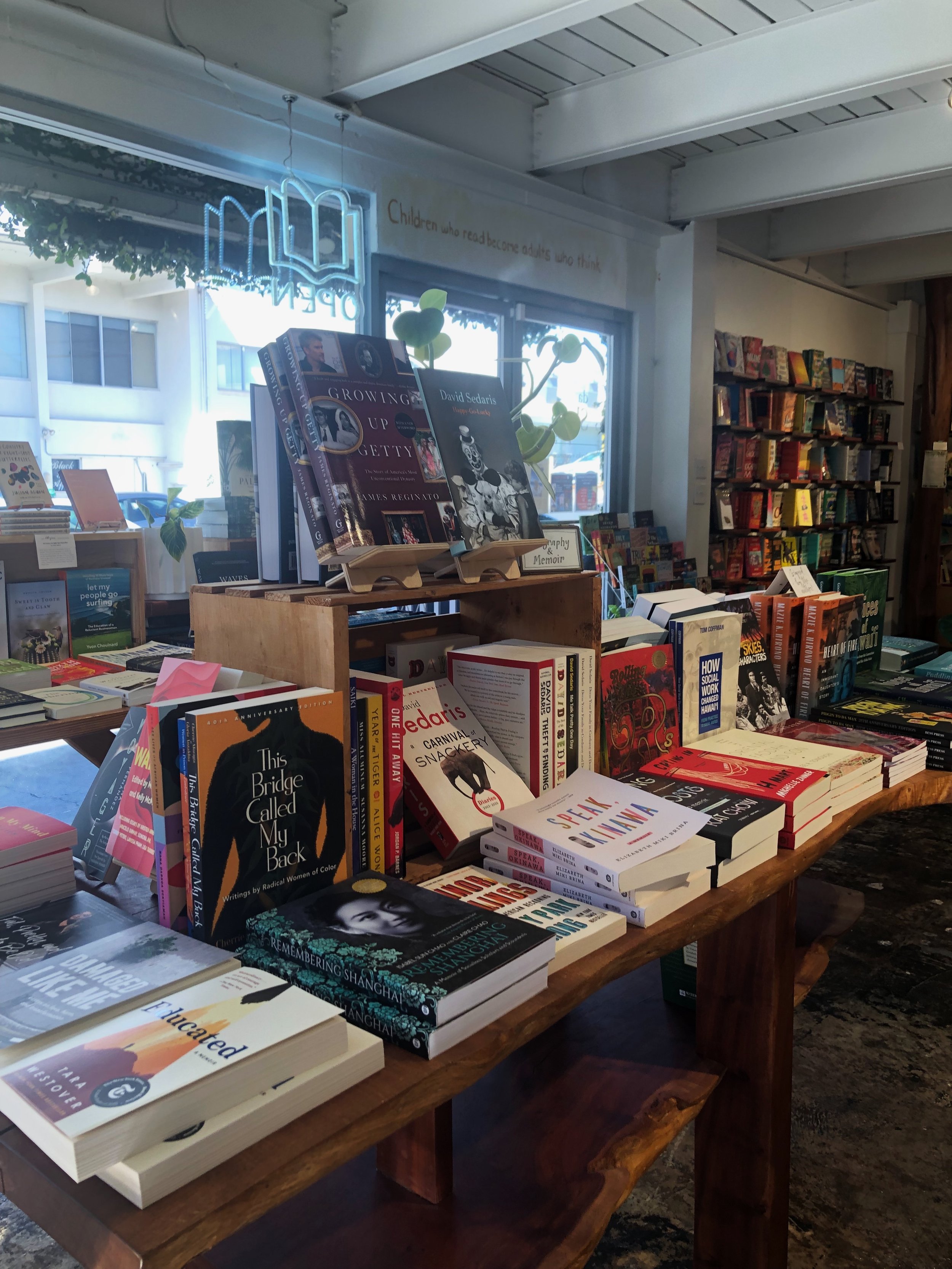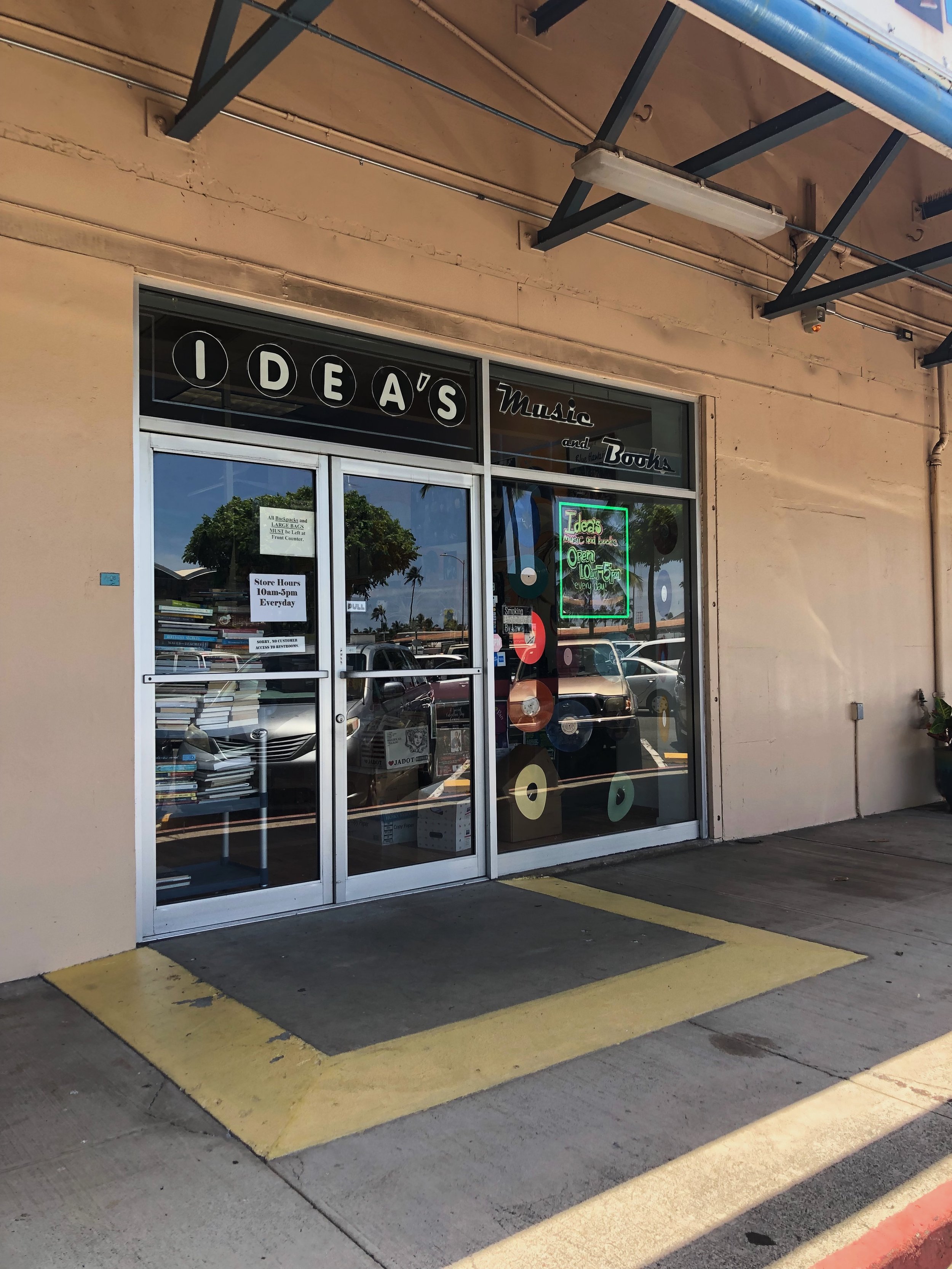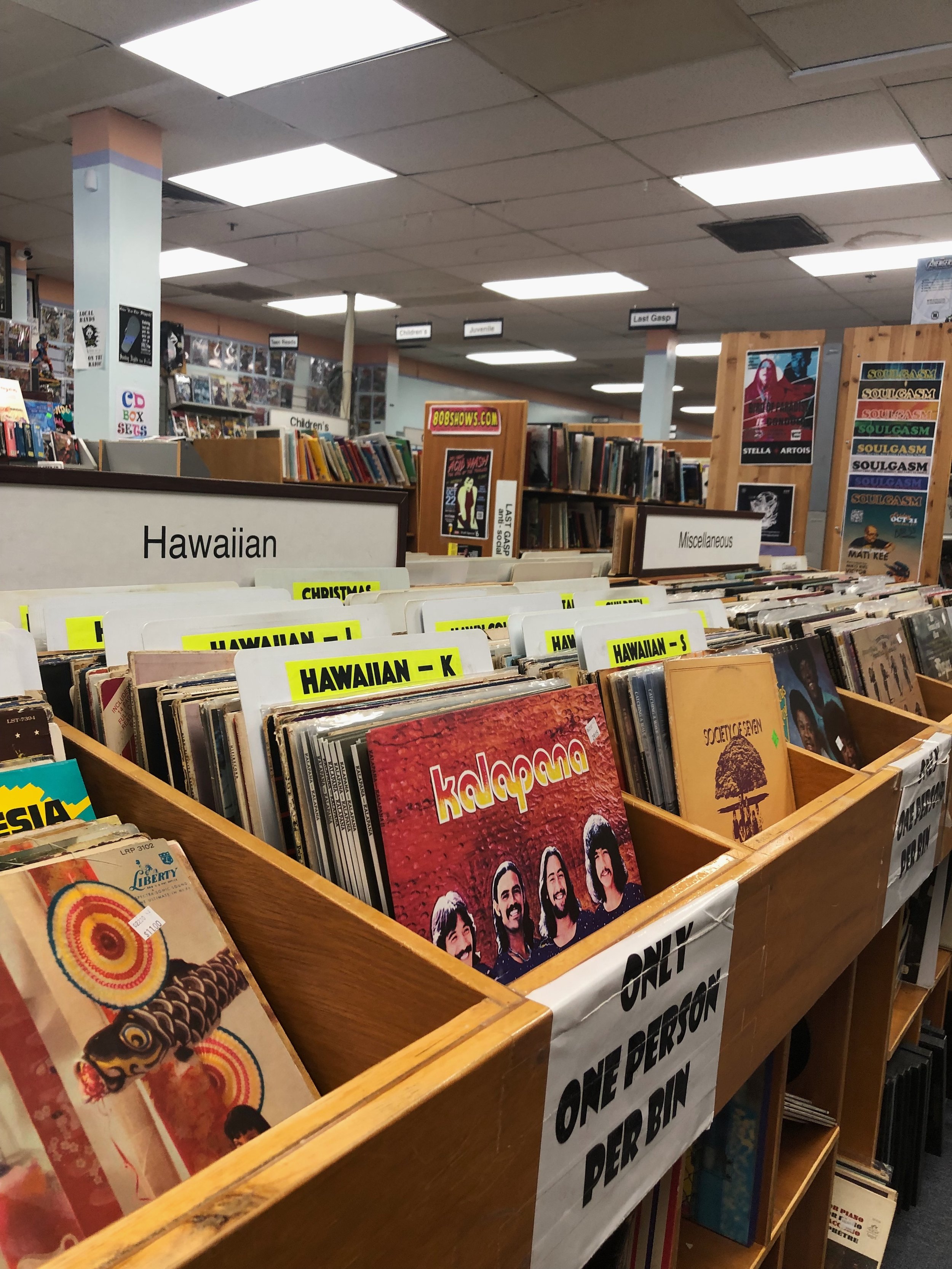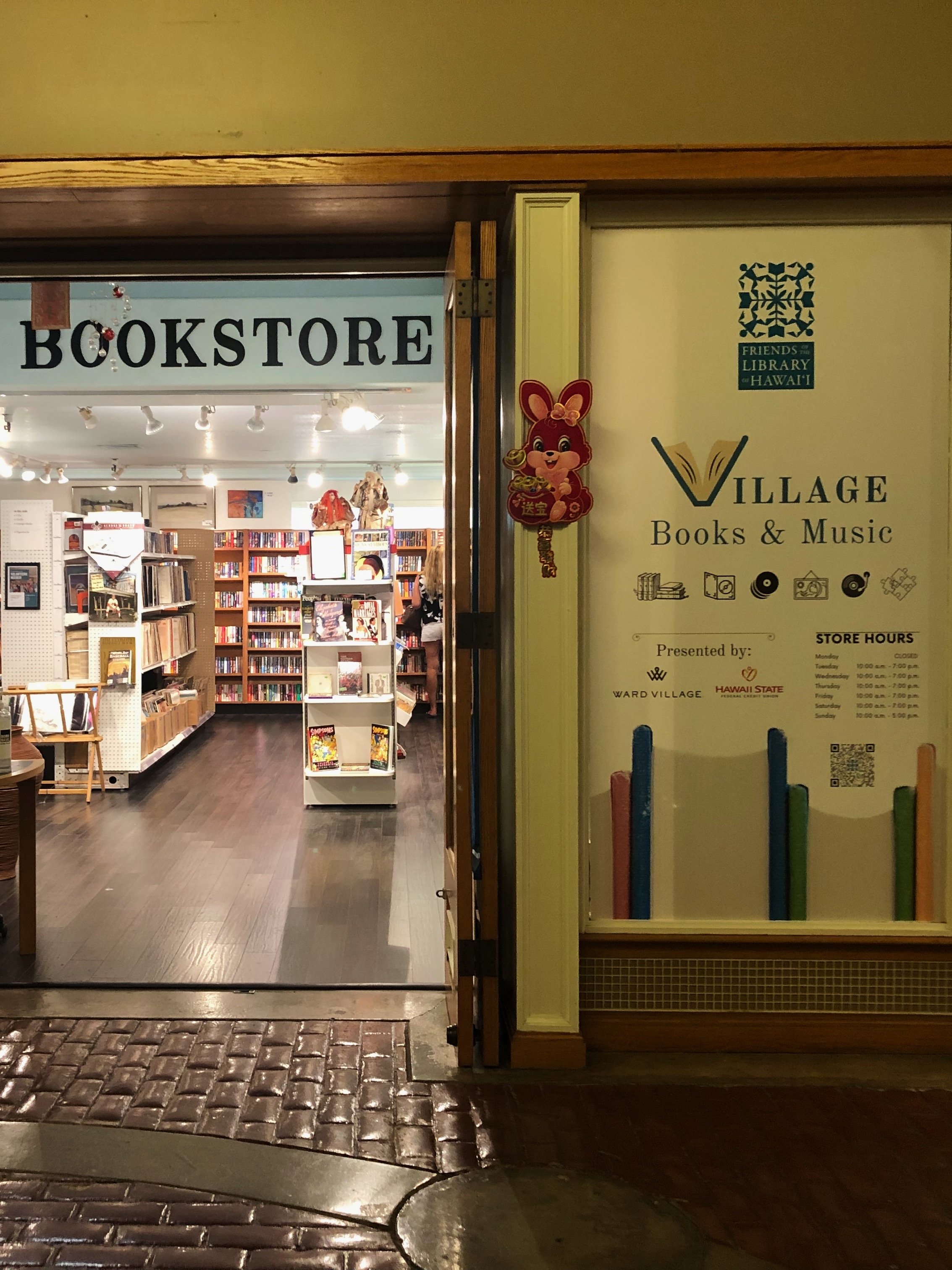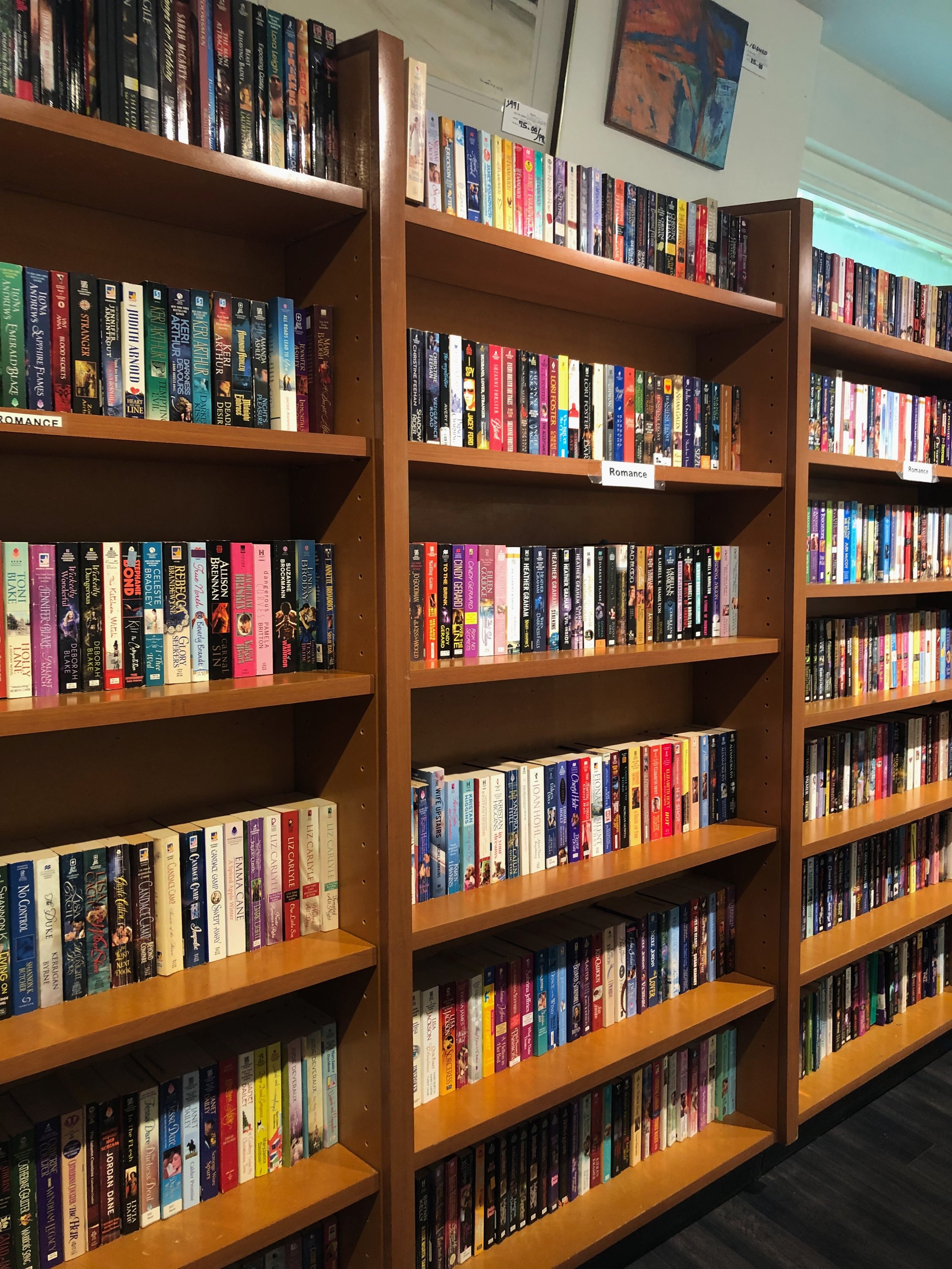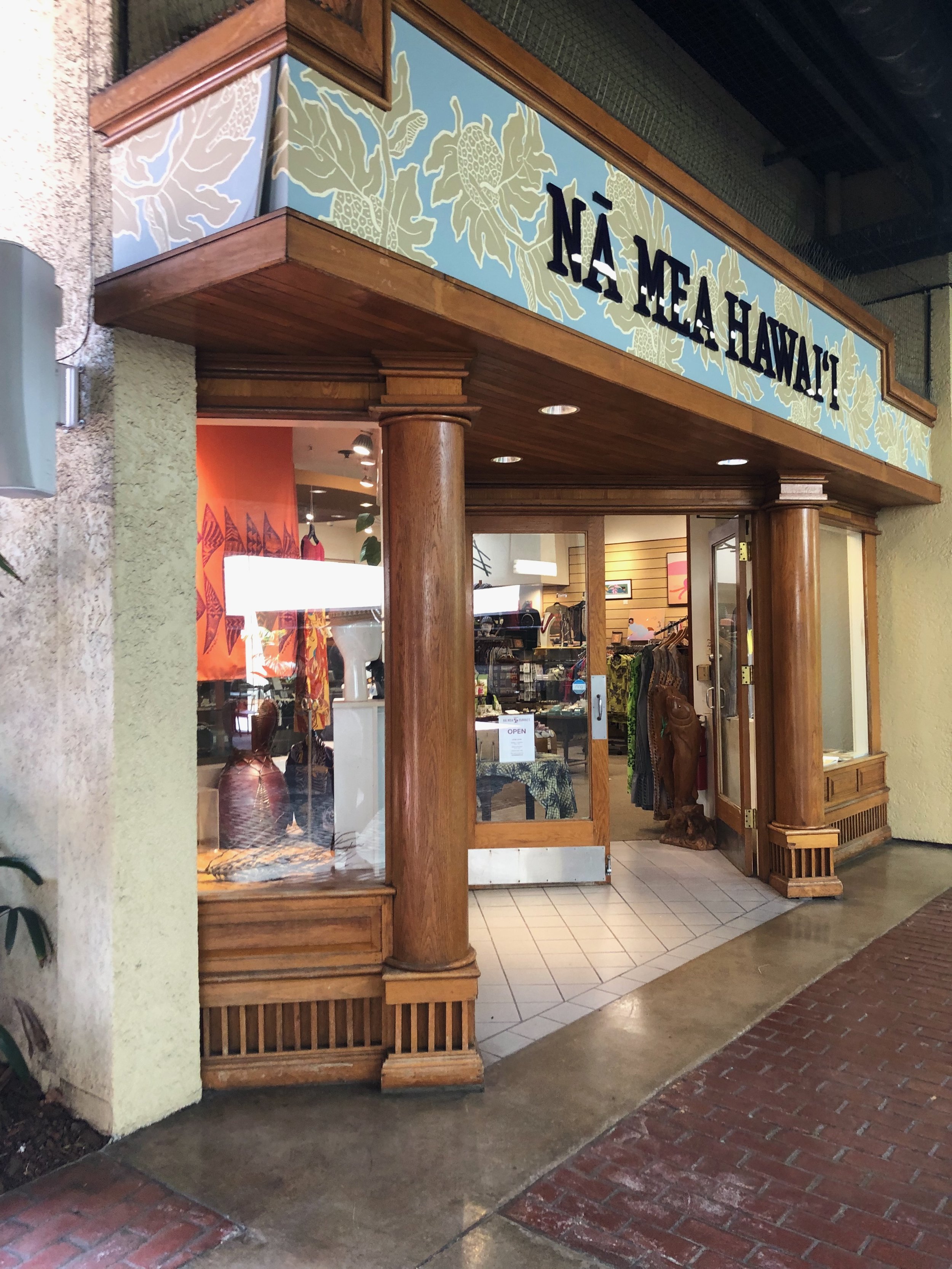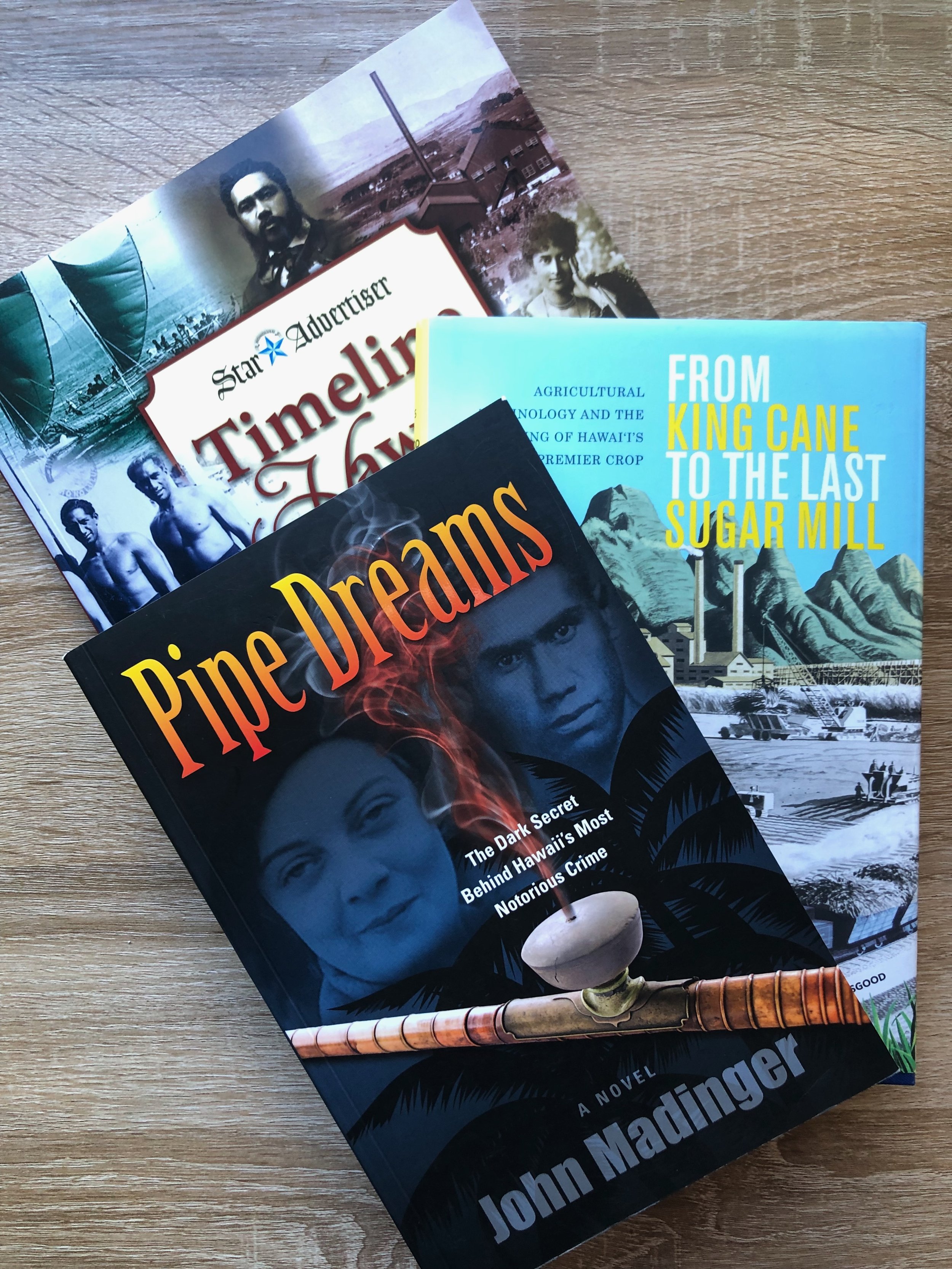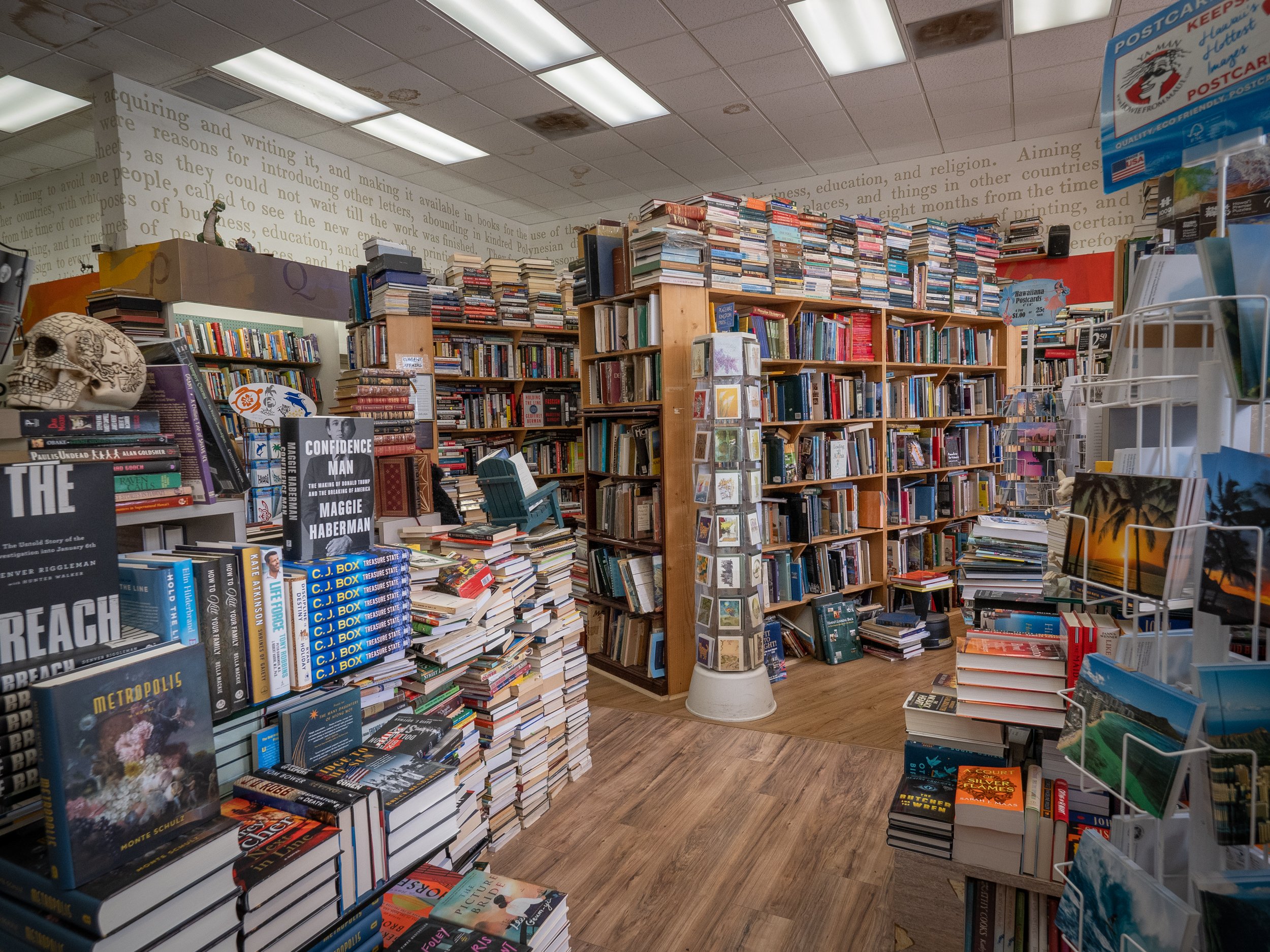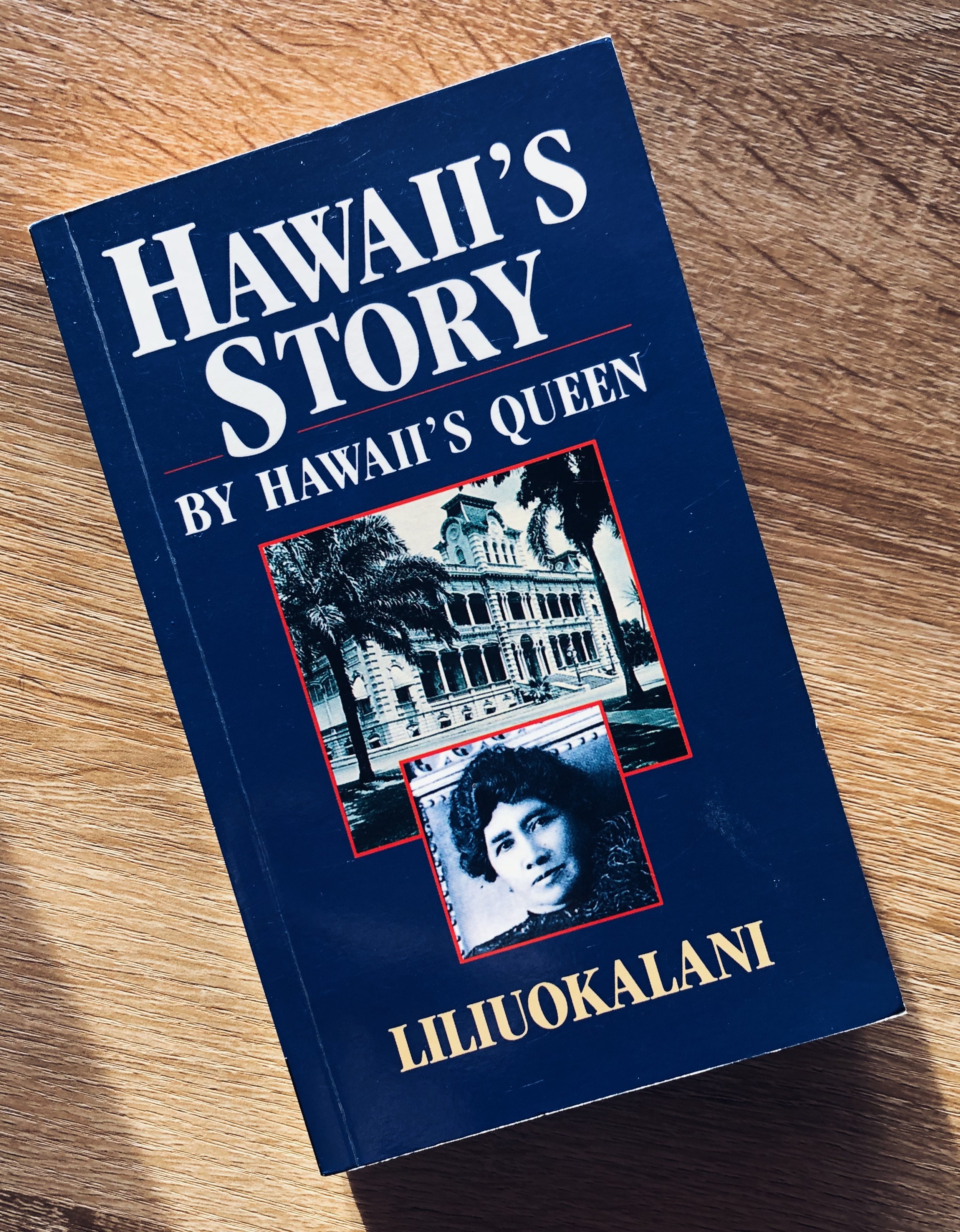Unfortunately, there are more people like that 1997 version of me. Many people in the contiguous United States are unaware of the political history of the Kingdom of Hawaiʻi—it’s geographic isolation is just one reason it might not show up in a US history lesson, but let’s be real, that isn’t the only reason. I didn’t learn about it in school. Considering my own education in a rural area of Oregon, I barely learned about the native First Nation people indigenous to my own area (which I now know to be the Klamath, Modoc, and Yahooskin Tribes). My education about nonwhites (and keep in mind this was the late 1970s and 1980s—I graduated from high school in 1992) was filled with what I know now to be unbalanced content that perpetuated all the stereotypes, reinforced white bias, and the heroic propaganda of the Mein Kampf . .. oops, I mean, US History textbooks: Colonialism? What is that? Like settling the first 13 colonies to get away from religious persecution? Here’s the definition: Colonialism is when a country sends settlers to a place and establishes political and cultural control over it. So those missionaries that turned into land holders that turned into business men pushing their own religious and political agenda onto the indigenous population. Yeah. Colonialism.
I had this epiphany the other day that colonizers are like invading aliens. Now, please don’t align my use of the word “alien” with the way the United States right-wing has used the term to identify undocumented people trying to seek asylum and better conditions in the US. Not the same thing. My use of the word alien should conjure more of the War of the World sucking up human bodies as fuel connotation. And we love those movies right? Mars Attacks!, The Edge of Tomorrow, Independence Day, A Quiet Place to name a few. Each of these stories offer the premise that the human world is being infiltrated by an extraterrestrial, alien species bent on colonizing the planet (stealing resources, but same difference) and the people rise up and heroically fight against the monsters.
You see the irony right?
But know that this isn’t an essay on white guilt, but instead an acknowledgement of the reality of the state of things in Hawaiʻi. Nor is it an essay meant to perpetuate a xenophobic ideology. I wanted to offer a perspective of someone outside that indigenous perspective who IS the alien invader—albeit a welcome one, because there is power in sharing the truth of things. I am not Hawaiian. I’m a guest on this land (ʻāina), and it’s very important that I understand it, just as I hope I would of any place I visit.
Just as I hope that you, too, would understand Hawaiʻi on a deeper level when you visit.
I’m sorry to say there is no one more entitled than a tourist. On one hand, they’ve spent a lot of money on a “dream vacation” so they want their idealized dream, but on the other, they are occupying someone’s home where that dream isn’t real. A common thing I always hear from tourists is: People should be happy we visit. Tourism creates jobs and puts money in the economy. Okay. Get that, but let’s take a closer look. If you were to just take in the Hawaiʻi Tourism Authority data, you’d think tourism makes Hawaiʻi a boomtown. But just like my oversimplified gist earlier, that’s an oversimplified argument filled with unaccounted for nuance and context.
Here are some numbers for you:
The median income in Hawai’i is around $37,000.
The cost of living in Hawaii—in order to make ends meet—is listed at *$70,000 *though other sites have cited “to be happy in Hawai’i,” a household would need to bring in $195,000 (this is more reflective of an income with the ability to contribute to savings and retirement).
The median rent is $2,300
The median home price is $810,000 (which with a 20% down means financing $648,000) Do the math. Even making the $70,000 dollars isn’t going to get you a home.
Hawaiʻi’s minimum wage: a whopping $12.00/hour.
The average tourism job starts at $12 - $17/ hour. And you know . . . come on, you know… most corporations aren’t hiring workers full-time in order to avoid paying benefits, so people are working double, triple jobs to afford living and health care.
Those abysmal numbers highlight the average means for a resident of Hawaiʻi. While the Hawaiʻi Tourism Authority cites collecting upwards of $2.6 billion dollars in tax revenue, this money doesn’t impact the day-to-day lives of the average person in Hawaiʻi struggling to make ends meet. Then their resources (water, sewage, air quality, sea quality, food costs, housing costs) are tapped by the massive influx of invaders—the tourist—whose tourism dollars would have to be spent in Hawaiʻi owned business—Hawaiian owned shops, in Hawaiian owned restaurants, in Hawaiian owned boutique hotels, to actually benefit the people with their tourism money—but this isn’t the case. Most tourism dollars are spent supporting the conglomerates (chain hotels, chain restaurants, chain stores) who pay their workers minimum wage.
There’s the argument that assumes someone living in Hawaiʻi can find a job outside of tourism. Except it's a machine which means every family in Hawaiʻi is impacted by this industry. Even if the local population wanted to boycott tourism, they couldn’t. Do you think it’s the dream of those hula dancers to dance at the Hotel Luʻau? Case in point: my oldest child has a college degree and the only position that seems to be open after months of looking for full-time employment is a position at a hotel.
So here’s another oversimplified gist: tourists and non-Hawaiians accessing the land and resources are benefiting the bankroll of the businessmen. And those businesses are protecting their business interests—not aligned with Hawaiian ideals—and leaning heavily on the working-class of local and indigenous people who live here, who benefit very little in the day-to-day of their lives. I know Hawaiians have a lot more to say on this topic and I won’t presume to speak for them, but I know many who have gone so far as to say, “don’t come here without an invitation from someone who lives here.” If you think about it, that’s actually a great practice—that was my first visit to Hawaiʻi, remember? How much more do you appreciate and take care of a place when you visit knowing you’re guests of friends?
A few years ago—pre-2020—my husband and I had the opportunity to travel to Europe on a river cruise down the Danube. One stop in particular sticks out in my mind. It was in a small river village in Austria, and it was clear that the village was reliant on tourist dollars, but also that there was more to the town than what we could see in the six or seven hours of our stop. Most of the tour group—fifty or sixty of us—decided to go to a local winery. We sat in the tasting room and listened to the vintner tell us about his products, then we were given samples of the wine. It was a picturesque location vibrant with local flare. What stood out to me, however, was the way several members of our American group were behaving. They were loud, interrupted the man speaking, laughed loudly (and since there was a language barrier, one might assume they were being laughed at). I was mortified by their behavior, so ashamed.
Having been in Hawaiʻi now for nearly thirty years, I have witnessed this kind of behavior by alien invaders. The trash left on beaches, the entitled attitude about space because “do you know how much I paid for this vacation?”, the lack of regard for the real people taking care of them in service jobs. One time my husband and I took my visiting mother for breakfast on the beach. When we arrived at the restaurant, my husband approached the host podium to get on the list for seating when a tourist looked him up and down, then sneered as she said, “I was here, first,” to which my mother replied, “I think he’s been here longer.” The tourist didn’t get it.
And that is where the problem lies. Invaders and occupiers take. And even in spite of that, Hawaiian culture is all about hospitality and generosity. Nana Veary, Hawaiian spiritualist wrote in Change We Must, My Spiritual Journey (1989) about a lesson she learned as a young girl when her grandmother invited a stranger to come in and dine. She didn’t understand why her grandmother would feed him to which her grandmother replied in ʻōlelo Hawaiʻi, “I want you to remember these words for as long as you live, and never forget them. I was not feeding the man; I was entertaining the spirit of God within him.”
That gracious hospitality still exists in Hawaiʻi and is inspiring. I would argue that for that generosity to continue, there needs to be a reciprocal nature to the host-tourist relationship. Do you show up at your friend’s house empty handed? Your parent’s house? What about the brand new neighbors to the neighborhood? So here’s some food for thought: As an alien invader… ah hem…I mean as a tourist to Hawaiʻi (or any other place for that matter) what are you giving to the space that you occupy? Are you bringing anything other than your entitlement and your trash? Take some time and learn about the real place, the home, the land you’ll be occupying rather than fetishizing it and snagging the cheap, plastic hula doll you’ll stick to your car dash so you remember lying on Waikiki Beach that one week that one summer.
You can find this post and others on my SubStack.















